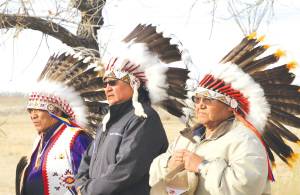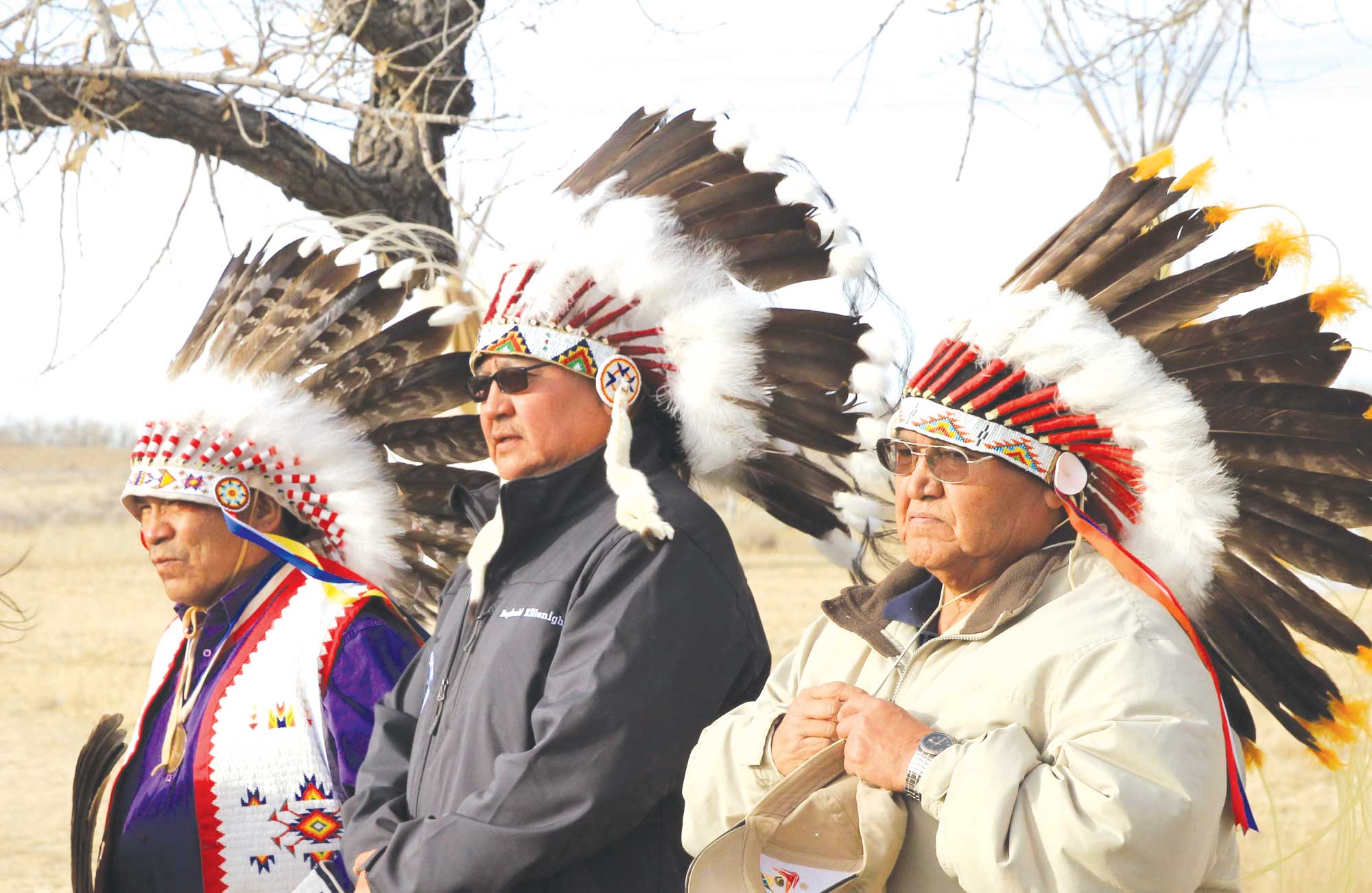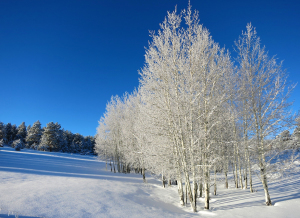by Kenneth Jessen

On Nov. 29, members of the Cheyenne Nation gathered at the Sand Creek Massacre National Historic Site for a time of healing with private services on “The Hill.” The significance of The Hill is that this was where the brutal attack by 750 soldiers under the command of Col. John Chivington started. At the time, it was a peaceful encampment of Cheyenne and Arapaho, with promises that they would be safe on this vast expanse of windswept, dry prairie – void of trees except those in the riverbed.
Colorado Territorial Gov. John Evans stated, “All citizens of Colorado … go in pursuit, kill and destroy all hostile Indians that infest the Plains …” Methodist minister Chivington carried this to the extreme. Some women knelt down, hands in the air, pleading for their lives only to be gunned down at point blank range. After they were slaughtered, their bodies were mutilated by the soldiers as Chivington watched.
Capt. Silas S. Soule disobeyed direct orders, refusing to fire on the Cheyenne and Arapaho. After the massacre, he wrote his commanding officer, “I tell you Ned (Wynkoop), it was hard to see little children on their knees have their brains beat out by men professing to be civilized.” Soule was later gunned down on the streets of Denver, a crime that went unpunished.
It is hard to say how many were killed at Sand Creek. Some nine soldiers died in the conflict, but the vast majority was helpless women, children and the elderly – about 150 non combatants. Another 200 were wounded, with many perishing after the killing stopped.
The day’s events on Nov. 29, 2014 were emotional and vivid. An estimated 300 gathered to hear Park Ranger Jeff Campbell give a complete account leading up to the Sand Creek Massacre, the massacre itself and its aftermath. Park Ranger Craig Moore followed with an extensive list of “Sand Creek people” – those that survived and those that were killed.
The Hill was opened to the public at 1 p.m. followed by Dr. David Halaas, former Colorado state historian. He introduced Byron Strom, who read the letter by Silas Soule. Its contents were so graphic that it was uncomfortable for the audience including those familiar with the subject.
The Cheyenne chiefs took over, reading the names of the leaders killed in the conflict, followed by a long chant. Cheyenne in the audience joined in with certain passages repeated again and again. Even not understanding their language, it was apparent that this was an emotional song. The Cheyenne seemed pleased with those that made the journey to honor them and their ancestors gunned down so long ago. Their message was one of healing rather than revenge.
The creation of a National Historic Site was a long and involved process. Dr. David Halaas and others wrote articles about Sand Creek and brought it to the forefront. In 1998, Sen. Ben Nighthorse Campbell introduced a bill that resulted in legislation to study the site. Soon after, President Clinton signed the Sand Creek Massacre National Historic Study Act. Fieldwork started the following year, and approximately 400 artifacts were recovered from the area. Land acquisition began, and the core area was purchased by Southwest Entertainment, then deeded to the Southern Cheyenne and Arapaho. The historic site was established in 2000 and was dedicated on April 28, 2007. During the study of the site, the artifacts indicated that the conflict ranged over a large area, estimated at 30 square miles or more, as Indians fled the slaughter.
So what does all of this mean today? Without question, it was the darkest day in Colorado history. The memory of Sand Creek, much like the Holocaust, needs to be kept alive in hopes that something like this will never happen again. But the controversy rages on, with contemporary Indian war historians claiming that these were hostile Indians and that their slaughter, no matter how brutal, was justified.
The Sand Creek Massacre National Historic Site is located east of Eads and north of Chivington. From Hwy. 96, C.R. 54 North leads to the site – about seven miles over a dirt road. The site is open three days a week. Refer to their web site for the hours of operation.


